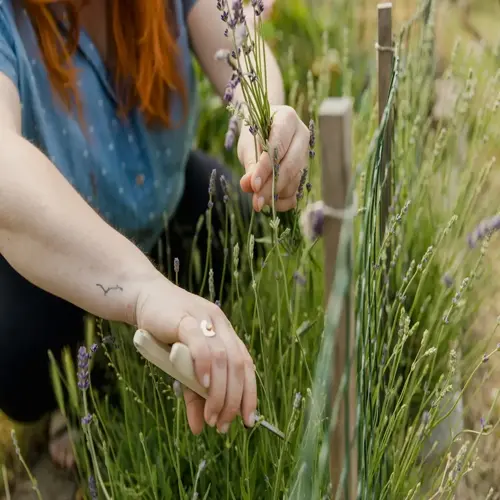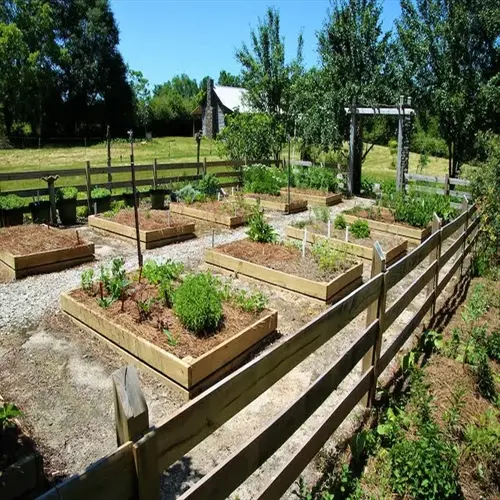Should I fertilize after pruning roses?

Written by
Liu Xiaohui
Reviewed by
Prof. Charles Hartman, Ph.D.Feeding after pruning provides the nutrients needed to help the plant recover and grow new tissue. Pruning is the removal of large amounts of biomass, which depletes the plant's energy reserves. Providing nutrients at the appropriate time promotes rapid healing of the pruning wounds and/or speedy growth of new sprouts. I always feed my garden with fertilizer within hours of pruning and almost always enjoy the benefits.
Nutrient Timing
- Apply fertilizer immediately after pruning
- Nutrients absorbed within 24 hours boost recovery
- Delay reduces effectiveness by 50%
Formula Selection
- Use balanced NPK (10-10-10) for general recovery
- Add Epsom salt for magnesium strengthening canes
- Avoid high-nitrogen feeds preventing weak growth
Application Methods
- Granular formulas work best for slow release
- Liquid feeds provide immediate nutrient access
- Combine with deep watering for root absorption
The biological response is driven by nutrient-dependent cellular division. Fertilizer contributes nitrogen for leaf formation, phosphorus for root formation, and potassium for overall plant health. I observe bud swell within days on well-fed plants. Rapid response limits the potential for disease infiltration at pruning wounds.
Avoid over-fertilization to prevent salt accumulation. Please follow the package measurements carefully. I even use a kitchen scale to help with precision. Too much fertilizer burns the roots, while too little does not allow them to recover. Check the right fertilizer dosage for your soil conditions based on your observations.
For optimal fertilizer utilization, combine feeding with watering. Deeply irrigate the soil before and after applying fertilizer. In doing so, you reduce the risk of root burn and move nutrients into the root zone more quickly. I also soak the plant thoroughly to activate granular formulas.
Season changes fertilizer selection. Spring application is about growth, whereas fall is about strengthening roots. I use different formulas for each season, tailored to the plant's needs. You are ahead of the game in specifics that will provide your rose plants with health and blooms the entire summer and beyond.
Read the full article: When to Prune Roses: A Complete Guide

